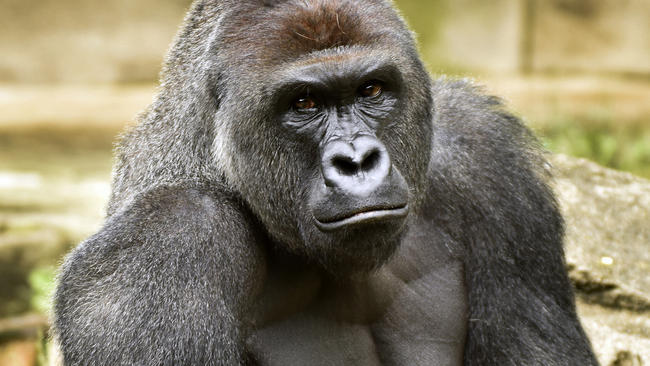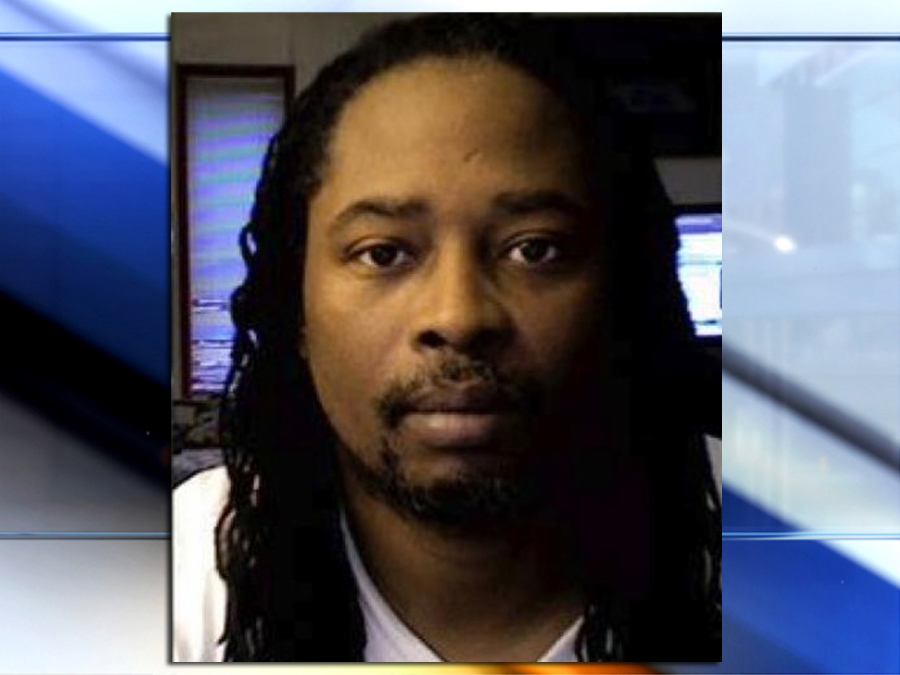Social media and social justice movements
By Jeff Blevins
Today, everyone can be a storyteller. Social media and mobile streaming applications have the potential to change the relationship between news media and the public in significant ways, as virtually everyone now has the ability to document and live stream events to a global audience. To say the least, social media has become a primary venue for public commentary about current events, disrupting the gatekeeping power once held by national news outlets.
Social disparity in social media
In an article I wrote for The Cincinnati Herald, I point out the social disparity expressed in the incident that happened at The Cincinnati Zoo with a child and Harambe, and the incident that happened at Walt Disney World with a child and an alligator. Why was there an uneven expression of empathy towards the parents in both of these cases? What effect does this expression have on our communities and our political infrastructure?

Instant imagery and commentary in police shootings
Social media provided instantaneous imagery and commentary in the most recent police shootings. Diamond Reynolds live-streamed the shooting of her fiancé, Philando Castille, when they were pulled over by police for a broken taillight in Falcon Heights. Videos were posted online when police in Baton Rouge shot Alton Sterling, prompting an investigation from the justice department.
Civil unrest followed the shooting of Michael Brown, an unarmed black teenager in the St. Louis suburb of Ferguson in the summer of 2014. As the hashtag #Ferguson trended on Twitter, national and international news outlets followed social media activity in covering the protests, looting and militarized police response.

And in Cincinnati last summer, Sam DuBose, an unarmed black motorist, was shot and killed during a traffic stop by Ray Tensing, a white University of Cincinnati police officer. Local community groups led by @BlackLivesCincy and @theIRATE8 quickly mobilized on social media to decry the incident and confront competing narratives that it was justified.
Studying social media in social justice movements in Cincinnati
As one of The Cincinnati Project scholars, over the course of the upcoming academic year I will examine the role of social media in social justice movements in Cincinnati and share what I learn through a series of commentaries for local news media, conference presentations, and research papers.
A primary goal of this study is to understand how social justice groups and the public use social media to provide a more diverse array of commentary about the meaning and implications of civic activity, as well as assess the quality and clarity of their discourse on social media through qualitative textual analysis. I aim to show how historically marginalized groups have exercised their First Amendment rights in ways we haven’t seen before.
I also hope to discern more specific lessons about the power and utility that social media can play in civil discourse about social justice. I look forward to bringing the results of this study outside the university and sharing them with social justice groups and the public, who may rely on social media platforms as a primary means of expression. Understanding the impact of our social media channels and the power of our voices can improve the informational, communicational, and relational livelihood of everyone in our community.
